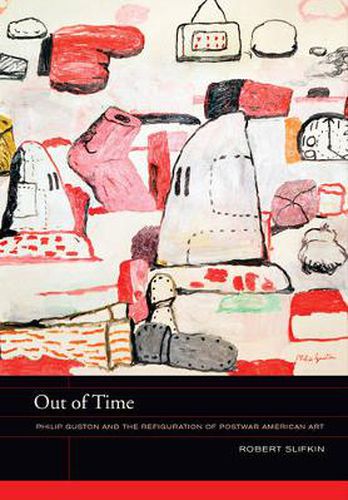Readings Newsletter
Become a Readings Member to make your shopping experience even easier.
Sign in or sign up for free!
You’re not far away from qualifying for FREE standard shipping within Australia
You’ve qualified for FREE standard shipping within Australia
The cart is loading…






Focusing on the thirty-three paintings that Philip Guston exhibited at the Marlborough Gallery in 1970, this in-depth account reconsiders the history of postwar American art and the conception of figuration in modern art history. Through a myriad of cultural touchstones, including evidence from literary and musical vogues of the period, Robert Slifkin examines the role of history as both artistic medium and creative catalyst to Guston’s practice as a painter. Slifkin employs a wealth of visual examples, archival materials, and original scholarship to situate Guston’s paintings within broader artistic debates of the time, using the cultural movement of the sixties as its orienting foreground. This historical framework provides an interface between the notions of time in art and time in the material world. Lively and edifying, Slifkin’s comprehensive text productively complicates the prescribed traditions of postwar art history and, in turn, shifts our perception of Guston and his place in the domain of modern art.
$9.00 standard shipping within Australia
FREE standard shipping within Australia for orders over $100.00
Express & International shipping calculated at checkout
Focusing on the thirty-three paintings that Philip Guston exhibited at the Marlborough Gallery in 1970, this in-depth account reconsiders the history of postwar American art and the conception of figuration in modern art history. Through a myriad of cultural touchstones, including evidence from literary and musical vogues of the period, Robert Slifkin examines the role of history as both artistic medium and creative catalyst to Guston’s practice as a painter. Slifkin employs a wealth of visual examples, archival materials, and original scholarship to situate Guston’s paintings within broader artistic debates of the time, using the cultural movement of the sixties as its orienting foreground. This historical framework provides an interface between the notions of time in art and time in the material world. Lively and edifying, Slifkin’s comprehensive text productively complicates the prescribed traditions of postwar art history and, in turn, shifts our perception of Guston and his place in the domain of modern art.